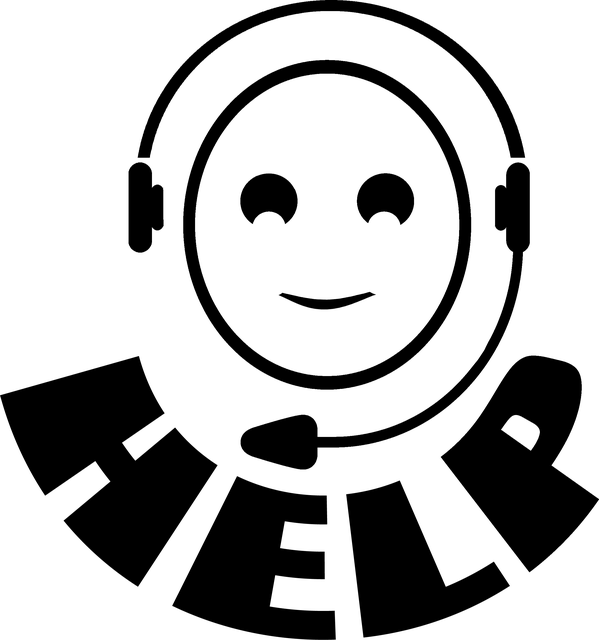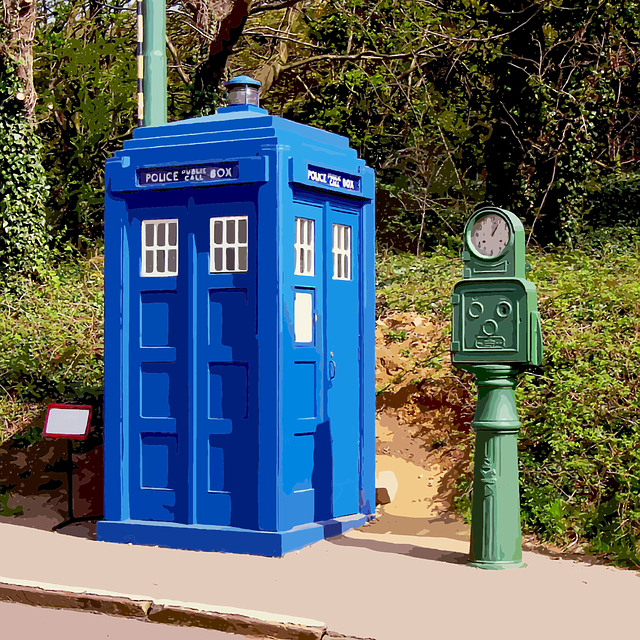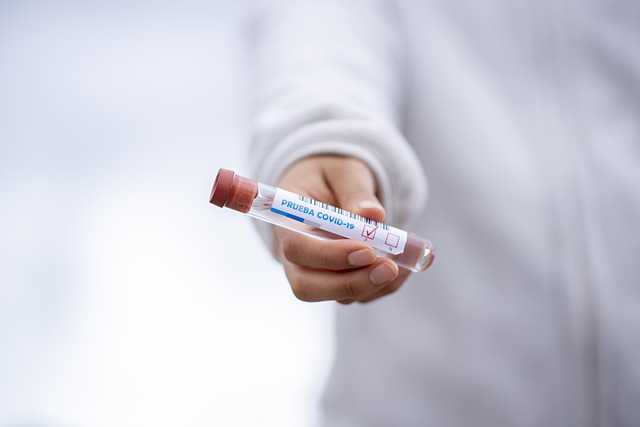Patient no-shows are a significant challenge in healthcare, leading to resource wastage and impaired care, with potential revenue losses reaching 20%. Technology-driven reminder systems using SMS, email, and personalized reminder calls effectively combat this issue. These strategies boost medical attendance rates by automating scheduling reminders, personalizing messages, and integrating them with clinic management systems. Key metrics like no-show percentages and patient response rates should be tracked to optimize these services, leading to better patient care, improved outcomes, and increased operational efficiency.
In the healthcare sector, patient no-shows pose a significant challenge, impacting provider resources and patient care. To combat this issue, technology-driven reminder systems have emerged as an effective solution. This article explores how SMS, email, and voice call reminders can reduce no-shows and enhance attendance rates. We delve into the impact of these strategies, from understanding patient behavior to implementing best practices, offering a comprehensive guide for healthcare providers seeking to optimize their appointments.
- Understanding the Impact of Patient No-Shows
- The Role of Technology in Reminder Systems
- Effective Communication Strategies for Reminders
- Implementing SMS, Email, and Call Reminders
- Best Practices for Reducing No-Shows
- Measuring Success and Continuous Improvement
Understanding the Impact of Patient No-Shows

Patient no-shows are a significant challenge in healthcare, leading to reduced resources and impaired patient care. These “no-shows” result in cancelled appointments, causing disruptions in healthcare provider schedules and potentially denying other patients needed care. The financial implications are substantial, with studies showing that no-shows can account for up to 20% of lost revenue for medical practices.
Understanding the root causes behind these missed appointments is crucial. Often, it’s a combination of factors: forgetfulness, lack of awareness of appointment importance, scheduling conflicts, or even transportation issues. Effective reminder strategies, including reminder calls, emails, and SMS messages, emerge as powerful tools to combat no-shows. By leveraging technology, healthcare providers can significantly boost medical attendance rates and optimize resource allocation, ultimately enhancing the overall efficiency and quality of patient care.
The Role of Technology in Reminder Systems

In today’s digital era, technology-driven reminder systems have emerged as powerful tools to tackle the age-old problem of patient no-shows. These innovative solutions go beyond traditional methods by utilizing SMS, email, and voice calls to proactively engage patients and ensure timely attendance. By integrating these communication channels, healthcare providers can create a comprehensive reminder call service that caters to diverse patient preferences and accessibility needs.
The role of technology in enhancing medical attendance rates is significant. Automated reminder calls, for instance, can significantly boost healthcare scheduling reminders, reducing the likelihood of missed appointments. Moreover, personalized messages tailored to individual patients have been shown to improve response rates compared to generic reminders. This not only streamlines the patient experience but also fosters a deeper connection between patients and their healthcare providers, ultimately contributing to better medical attendance and improved health outcomes.
Effective Communication Strategies for Reminders

Effective communication strategies for reminders play a pivotal role in enhancing patient attendance and reducing no-shows. A well-designed reminder system should leverage multiple channels, including SMS, email, and voice calls, to ensure maximum reach and impact. Personalized messages that convey urgency and importance have been proven to be more effective than generic ones. For instance, using the patient’s name and referring to the specific appointment can make a difference in engagement levels.
Implementing a clinic reminder automation system ensures timely and consistent communication without overburdening administrative staff. Automated health care scheduling reminders can be customized based on patient preferences and appointment types, allowing for more flexibility. Moreover, integrating these services with existing healthcare systems enables seamless data exchange, improving the overall efficiency of appointment management.
Implementing SMS, Email, and Call Reminders

Implementing SMS, email, and reminder calls as a collective strategy has proven to be an effective approach in reducing patient no-shows and enhancing medical attendance rates. These technology-driven reminders offer a multi-channel communication method, ensuring patients receive notifications through their preferred means—be it short message service (SMS), email, or a direct call. The key lies in tailoring these messages to be concise, personalized, and timely, creating a sense of urgency without being intrusive.
A well-designed reminder call service can significantly minimize no-shows by gently encouraging patients to confirm their appointments. This simple act of confirming not only helps healthcare providers manage their schedules efficiently but also fosters a sense of accountability among patients. As a result, it becomes easier to build a robust system for medical attendance boost, ultimately leading to better patient care and outcomes.
Best Practices for Reducing No-Shows

To minimize patient no-shows, healthcare providers should adopt a multi-channel approach using technology-driven reminders. SMS and email notifications are effective ways to reach patients, but personalized reminder calls can significantly enhance engagement and attendance rates. Best practices involve automating scheduling reminders, ensuring they are tailored to individual preferences and sent at optimal times. For instance, sending reminders 24-48 hours in advance, allowing time for rescheduling if needed, has shown to be effective.
Additionally, integrating these reminders with clinic management systems can streamline processes. Healthcare facilities should also offer multiple reminder options to accommodate different patient preferences. While SMS and email are widely used, some individuals may prefer voice calls or even mobile app notifications. Offering choices increases the likelihood of patients receiving and acting upon their appointment reminders, ultimately boosting medical attendance rates.
Measuring Success and Continuous Improvement

Measuring success is a vital aspect of any reminder call service designed to enhance medical attendance rates. By tracking key metrics such as no-show percentages and patient response rates, healthcare providers can gauge the effectiveness of their reminder strategies. This data-driven approach allows for continuous improvement; identifying trends and patterns in patient behavior enables adjustments to be made, ensuring the reminder call service remains optimized. Over time, this iterative process can lead to significant improvements in medical attendance boost, ultimately benefiting both patient care and clinic operations.
Implementing clinic reminder automation ensures a proactive and efficient strategy for managing patient appointments. Regular reviews of these systems help in refining processes, personalizing communication, and adapting to the evolving needs of patients and healthcare providers alike. With such continuous improvement, reminder call services can become a powerful tool in reducing no-shows, fostering better patient engagement, and contributing to overall operational efficiency.
